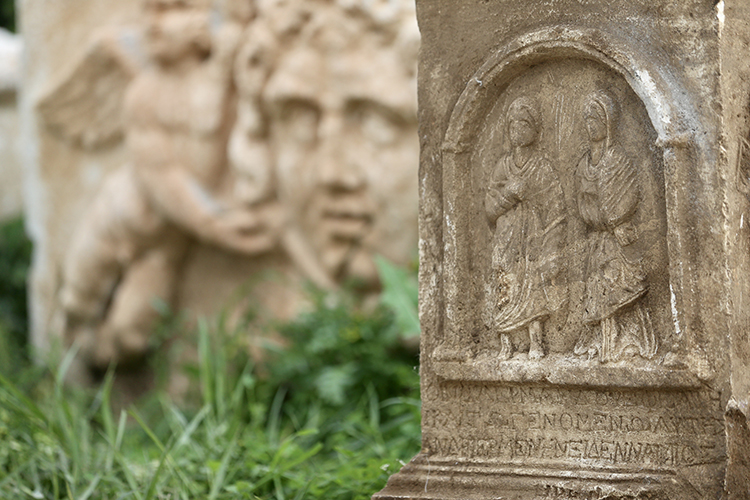
A Shepherd’s Chance Discovery Reveals a Roman Funerary Stele in the Hills of Muğla
High in the rugged hills of Seydikemer in southwestern Türkiye, a local shepherd made a discovery that is now reshaping the archaeological map of the region: a Roman-era funerary stele carved with human figures and detailed epigraphic inscriptions. The monument, resembling the form of a votive altar, has been safely recovered and transported to the

A New Study Illuminates How Neolithic Lifeways Spread from Anatolia to the Aegean and Europe
A sweeping new analysis published in Science is reshaping our understanding of how early farming traditions radiated outward from Anatolia. The study sheds light on long-debated questions about how Neolithic lifeways moved from Anatolia to the Aegean and eventually Europe, revealing a far more intricate story than the linear models once proposed. Western Anatolia as

New Excavations at Perre Reveal Expanding Sacred Zones and Hidden Layers of Roman-Era Life
The 2025 archaeological season at Perre, one of the five principal cities of the ancient Kingdom of Commagene, has come to a close with significant new discoveries that deepen the understanding of the city’s religious and social landscape. The work, carried out across a newly uncovered 2,500-square-meter area in Adıyaman’s Örenli district, has revealed architectural

A New Wave of Neolithic Surprises at Taş Tepeler: Mysterious ‘Death Mask’ Sculpture Unveiled in Southeastern Türkiye
Human-like faces carved into stone, a rare double-sided bead, and an unsettling sculpture evoking the stillness of death—Türkiye’s vast Taş Tepeler region has revealed some of its most enigmatic Neolithic discoveries to date. The announcements came this week in Şanlıurfa, where the Ministry of Culture and Tourism shared 30 previously unknown finds that reshape current
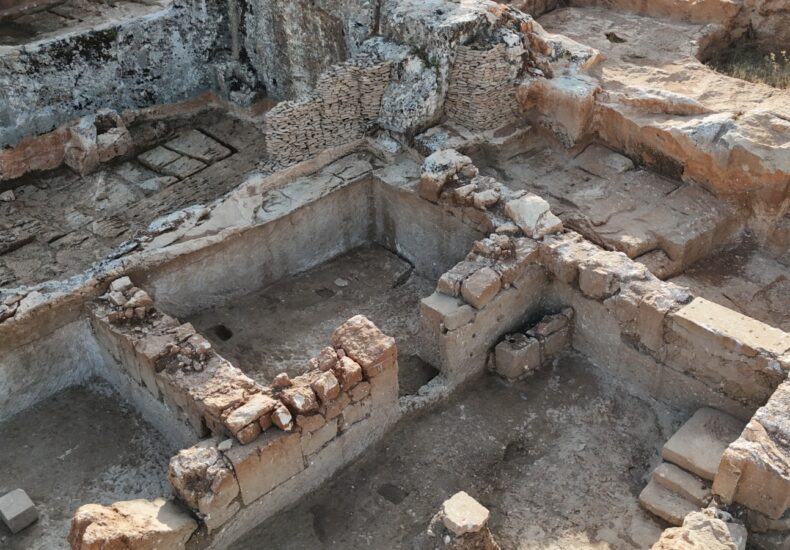
A Newly Uncovered 1,500-Year-Old Roman Dwelling Sheds Light on Daily Life in Ancient Commagene’s City of Perre
The 2025 excavation season at Perre has revealed one of the most informative architectural discoveries yet: a 1,500-year-old domestic complex built during the late Roman occupation of the ancient Commagene region. The find delivers a rare, ground-level view of how households functioned in a city positioned at a vital crossroads of trade and military movement.

1,800-Year-Old Chamber Tomb Unearthed in the Ancient City of Tharsa, Adıyaman
Archaeologists have uncovered a remarkably well-preserved 1,800-year-old chamber tomb in the ancient city of Tharsa, located near Kuyulu Village in southeastern Türkiye. The discovery, dated to the Roman period, reveals new insights into burial traditions in the region and marks one of the most elaborate examples ever found in Tharsa. According to Mehmet Alkan, Director
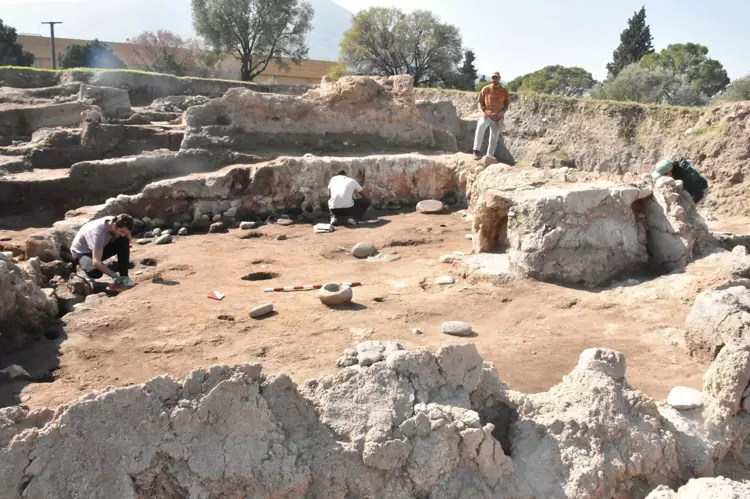
8,000-Year-Old Ceramic Workshop Unearthed in İzmir’s Ulucak Höyük Reveals Early Specialized Production
In the heart of modern industrial İzmir, surrounded by nearly 500 factories, archaeologists have brought to light a remarkable echo of humanity’s first producers. At Ulucak Höyük — the oldest known settlement in the region, dating back 8,850 years — a specialized ceramic production complex from 8,000 years ago has been unearthed. Led by Prof.
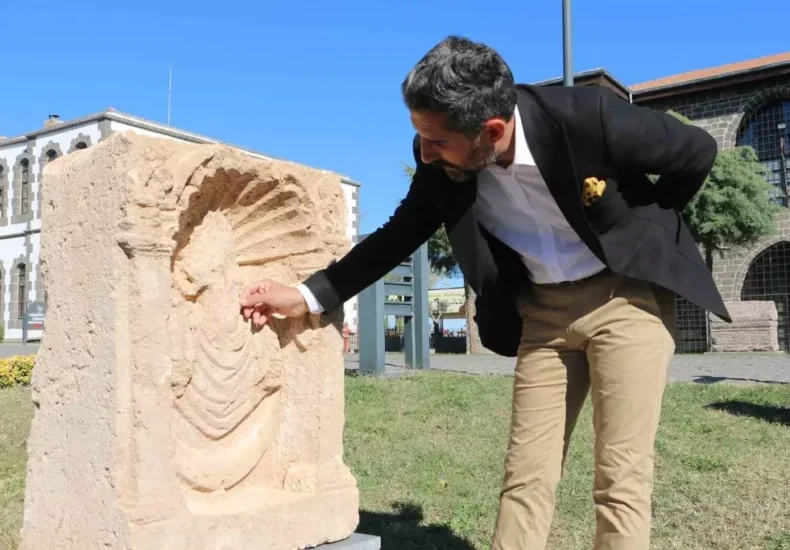
1,800-Year-Old Cybele Statue Rescued from Looters Now Displayed at Diyarbakır’s İçkale Museum
A 1,800-year-old limestone statue believed to represent the Mother Goddess Cybele — once nearly cut apart by looters — has been meticulously restored and placed on public display in the garden of Diyarbakır’s İçkale Museum. Originally brought from Şanlıurfa in 1935, the piece was saved from smugglers by the gendarmerie and now features in the
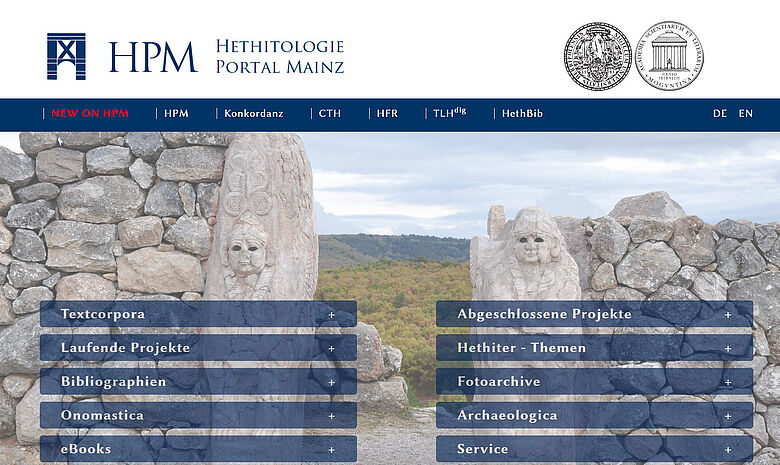
Digital Pathways to the Hittite World: AI and Archaeology Unite to Decode an Ancient Empire
A new research initiative from Julius-Maximilians-Universität Würzburg (JMU) is reshaping how scholars study the Hittite Empire—one of the most formidable powers of Bronze Age Anatolia. The project, titled “Digital Pathways to the Hittite World,” merges archaeology, philology, and artificial intelligence to transform the long-standing Hethitologie-Portal Mainz (HPM) into a next-generation research platform. Rebuilding an Empire—Data

